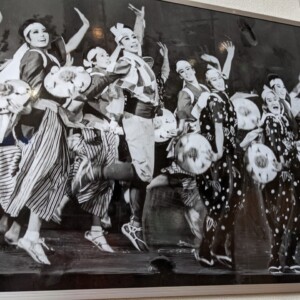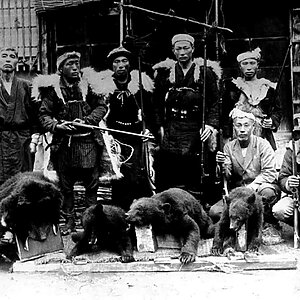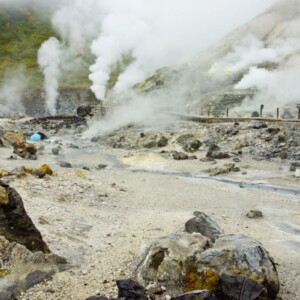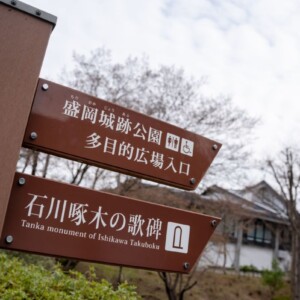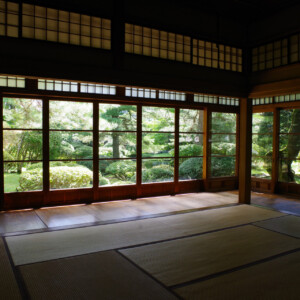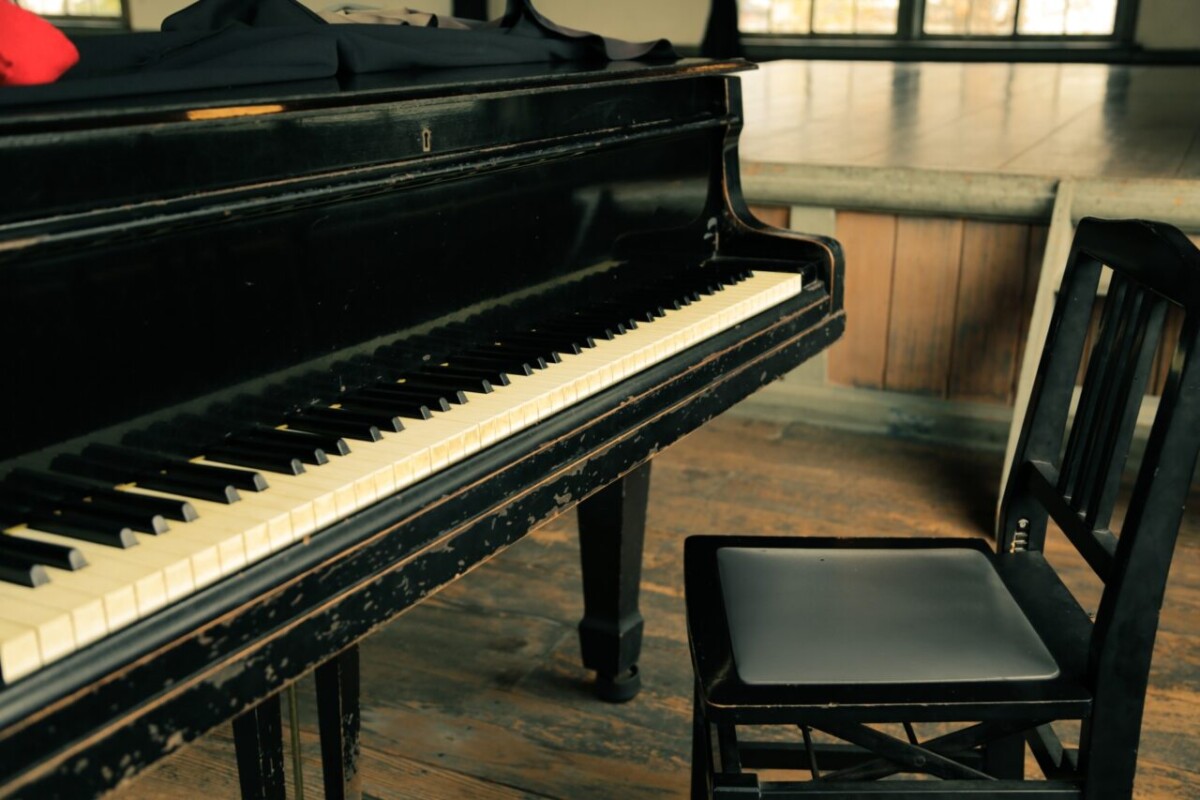
What is Japan's longest school song? Detailed explanation of the school song of Daisen Municipal Omagari Junior High School [Akita Prefecture]
table of contents
The school song of Daisen City Omagari Junior High School was featured as ``Japan's longest school song'' on Nippon Television's popular program ``Monday to Night Fukashi,'' which aired on October 11, 2021, and became a hot topic on Twitter.
In this article, we will explain in detail the school song of Daisen City Omagari Junior High School.
What is the title and lyrics of Japan's longest school song
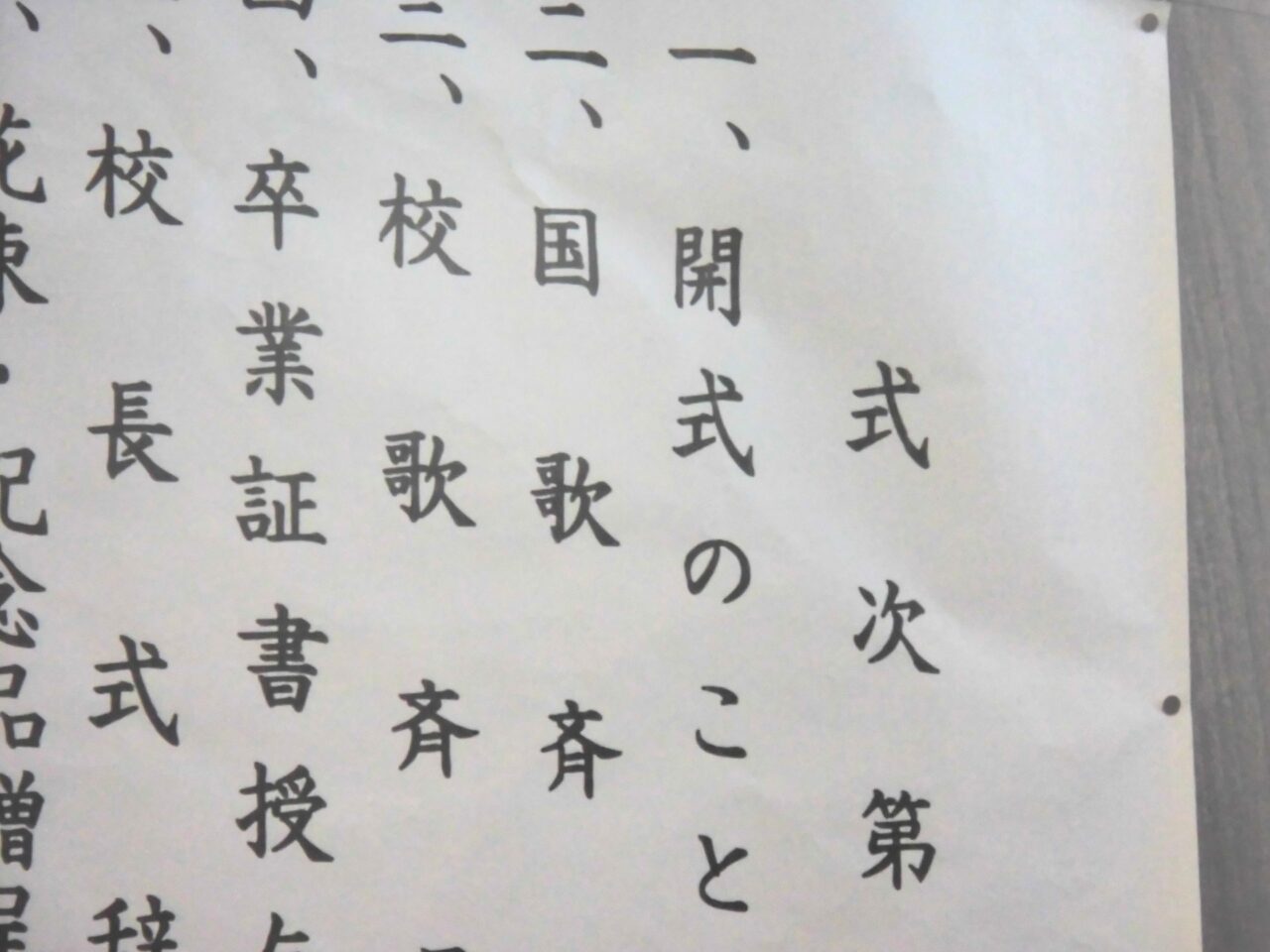
The title of the school song of Daisen City Omagari Junior High School, which is said to be the longest school song in Japan, is ``Live well, young people.'' It was established in 1965, and was performed for the first time at a ceremony to coincide with the completion of the school building.
This school song, written by Takashi Hongo and composed by Chotaro Sato, has the school motto "Live well" sprinkled throughout, and is very long with a full chorus of 10 minutes and 15 seconds, and is played with piano accompaniment.
Since the playing method and time signature change with the flow of the song, I have summarized them in a table.
|
lyrics |
How to play |
Song number |
beat |
|
“Live well ~ It might be a wish.” |
Chorus + piano accompaniment by male and female students |
No. 1 |
4/4 |
|
"That voice is calling out. It's calling out to me." |
Solo chorus + piano accompaniment by female students |
No. 1 |
4/4 |
|
"Live well" |
Chorus + piano accompaniment by male and female students |
No. 1 |
4/4 |
|
“That voice is a voice that can be seen but not heard.” |
Narration by female students + piano accompaniment |
No. 1 |
4/4 |
|
“That voice is spreading rapidly.” |
Chorus + piano accompaniment by male and female students |
No. 1 |
4/4 |
|
“Fill the rich soil ~ |
Solo chorus + piano accompaniment by female students |
No. 1 |
4/4 |
|
"Live well, live well - young people from Omagari Junior High School" |
Chorus + piano accompaniment by male and female students |
No. 1 |
4/4 |
|
"Live well, live well" |
Chorus + piano accompaniment by male and female students |
Number 2 |
4/4 |
|
“Yes, from a long time ago |
Solo chorus by male students + piano accompaniment |
Number 2 |
3/4 |
|
"Chosen wise men" |
Solo chorus + piano accompaniment by female students |
Number 2 |
3/4 |
|
"Quickly stop your ears." |
Chorus by two male and female students + piano accompaniment |
Number 2 |
3/4 |
|
“I just walked.” |
Chorus + piano accompaniment by male and female students |
Number 2 |
3/4 |
|
"The first and greatest of mankind" |
Solo chorus by male students + piano accompaniment |
Number 2 |
3/4 |
|
"It's a word." |
Chorus + piano accompaniment by male and female students |
Number 2 |
3/4 |
|
“Let humanity listen to the hymn.” |
Narration by female students + chorus by female students + piano accompaniment |
Number 2 |
4/4 |
|
"Live well" |
Chorus + piano accompaniment by male and female students |
Number 2 |
4/4 |
|
"On this blessed day" |
Narration by female students |
Number 2 |
4/4 |
|
"One point for each piece - a young man from Omagari Junior High School" |
Chorus + piano accompaniment by male and female students |
Number 2 |
4/4 |
Current students will sing parts other than the solo chorus and narration, but new students may find it quite difficult as they must memorize this complex structure.
Also, because the time is so long, the school song is sung in full chorus at entrance ceremonies, graduation ceremonies, etc., but at other times, the first song is ``Omono no Kawabe ~ Omagari Junior High School Young People'' and the second song is `` They sing "One Point for a Piece - Young People from Omagari Junior High School."
Just reading all the lyrics is very moving, so if you are interested, we recommend checking out the homepage of Daisen City Omagari Junior High School.
Reference: Daisen City Omagari Junior High School “History”
Reference: Daisen City Omagari Junior High School “School song”
What are the characteristics of Japan's longest school

Japan's longest school song is characterized by a variety of changes in time signature and performance method, allowing people to sing it without getting tired of it, but one thing that may come as a surprise to those hearing it for the first time is the key change at the end of the song.
Specifically, the end of the first verse, ``Goodwill and beauty ~ Young people from Omagari Junior High School,'' and the end of the second verse, ``Smartness and will ~ Young people from Omagari Junior High School,'' are up to that point. suddenly changes from F major to D minor.
As a melody, it's a very abrupt change in key, but by suddenly changing the key to a minor key, the song conveys its seriousness until the end, and the ending makes me think that they wanted to end the song with a sense of tension. .
What graduates think about Japan's longest school song
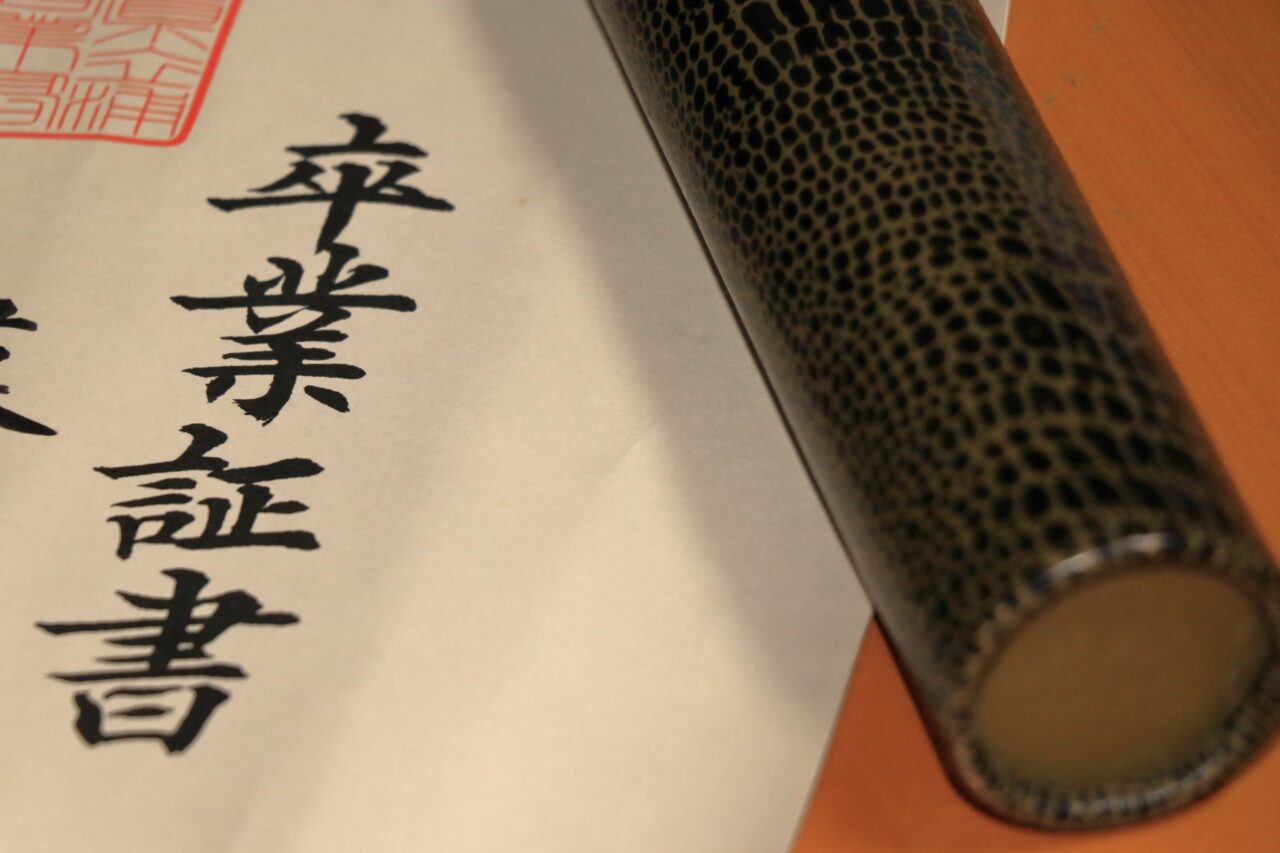
On September 3, 2019, the Suihou school trip group of third-year students from Daisen City Omagari Junior High School sang Japan's longest school song, the longest school song, at the Ueno Onshi Park outdoor stage.
This event was planned for alumni living in the Tokyo metropolitan area, and was held to sing ``Live well, young people'' with current students.
The reason why events like this are planned is because the graduates have realized how great the school song is as they grow up and want to sing it again.
If I had participated in this event as a graduate, I am sure that I would not have been able to sing without crying.
Now that I can understand the feelings behind Japan's longest school song, I can only feel grateful that I was able to encounter this school song when I was a junior high school student.
lastly
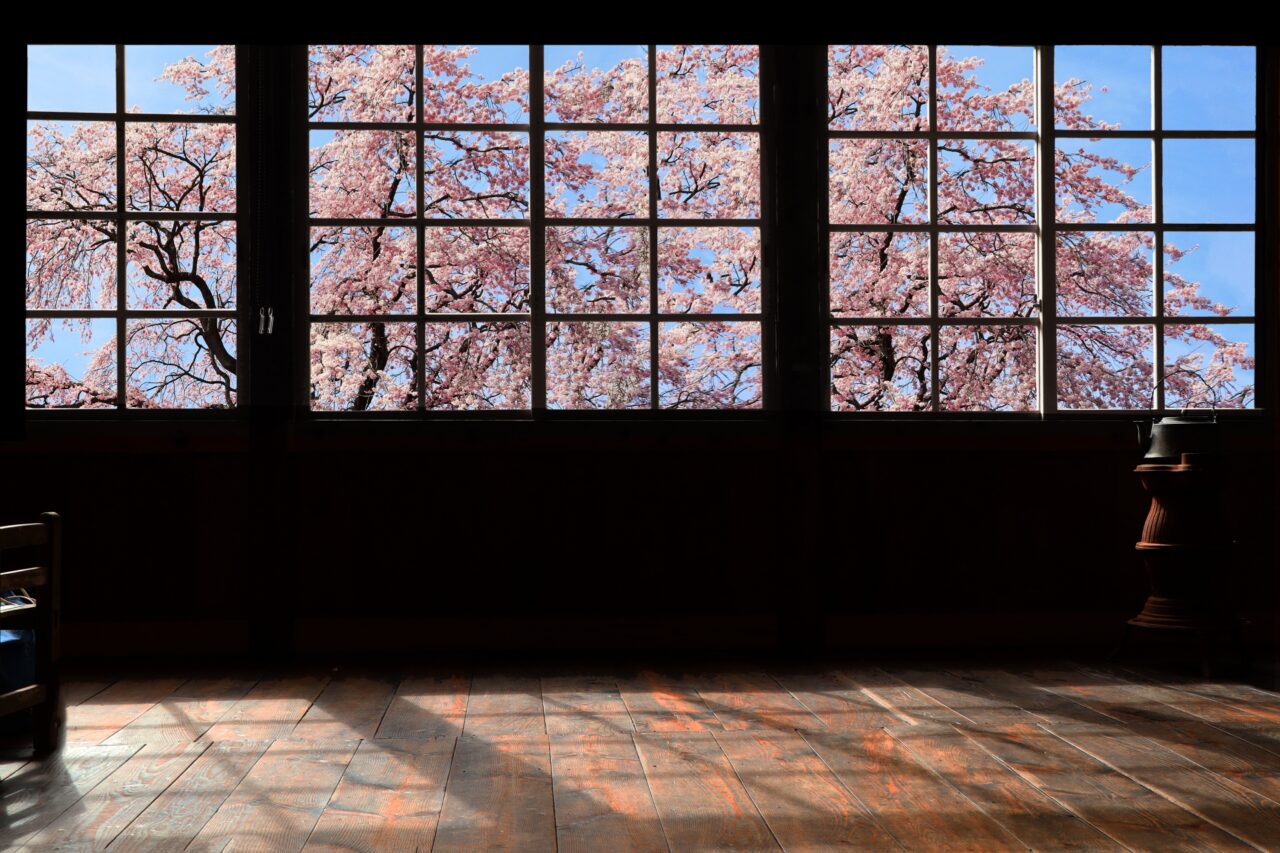
Japan's longest school song has a complex performance and structure, making it very difficult for new students to memorize, but it turns out that it is a school song that they will never forget even after they become adults.
If you are interested, please listen to ``Live well, young people.''


![Daisen Municipal Omagari Junior High School's "Japan's Longest School Song" is sung in Ueno Park! [Akita Prefecture] eye catching](https://jp.neft.asia/wp-content/uploads/2023/10/a11b4bb3ba448d1fa402ac3dc62cc91f-150x150.jpg)
![Hot springs gush out in a place where there are no volcanoes! "Yuzawa Geopark" where you can see the mystery of the earth up close [Akita Prefecture] 4550228_m](https://jp.neft.asia/wp-content/uploads/2023/02/4550228_m-150x150.jpg)
![The popular game "Matagi" started in Kitaakita City! [Akita Prefecture] matagi](https://jp.neft.asia/wp-content/uploads/2024/04/matagi-150x150.jpg)
![Yurihonjo City, where Honjo, Kameda and Yajima domains were intersected between the Kubota and Shonai domains [Akita Prefecture] FF2C8AAA4350E7E179F97F97B38B3A2302F-1](https://jp.neft.asia/wp-content/uploads/2024/04/ff2c8aaa4350e7e179f97f38b3a2302f-1-150x150.jpg)
![Why do Nama balds take knives to tempt people - Oga Peninsula and the Legend of the Demon (1) [Akita Prefecture] New Year's Eve Event 001 @OGA City](https://jp.neft.asia/wp-content/uploads/2024/10/00bf8a32651033edd1191ba2d04c6f61-150x150.jpg)
![Akita Cedar, which has been close to people's lives since ancient times, is a close look at the reasons and secrets [Akita Prefecture] Ninfu Mizusawa Cedar Rare Population Protection Forest (Noshiro City, Akita Prefecture)_Travel Tohoku](https://jp.neft.asia/wp-content/uploads/2025/05/792bcbe7d9fd514753f4deeaca3de33f-150x150.jpg)
![The submerged forests of Lake Akiogi can only be seen from May to June! A mysterious sight with trees floating in the lake [Akita Prefecture] Submerged forest of Lake Akifan](https://jp.neft.asia/wp-content/uploads/2023/07/IMG_5033-150x150.jpg)
![[Chokaisan and Tobishima Geopark: Yurihonjo Edition] A strata from when Japan was the Eurasian continent can be seen B5C46A18BC0CC0CC0E9AD08084EAA5B](https://jp.neft.asia/wp-content/uploads/2024/04/b5c46a18bc0cc79de0e9ad08084eaa5b-150x150.jpg)

